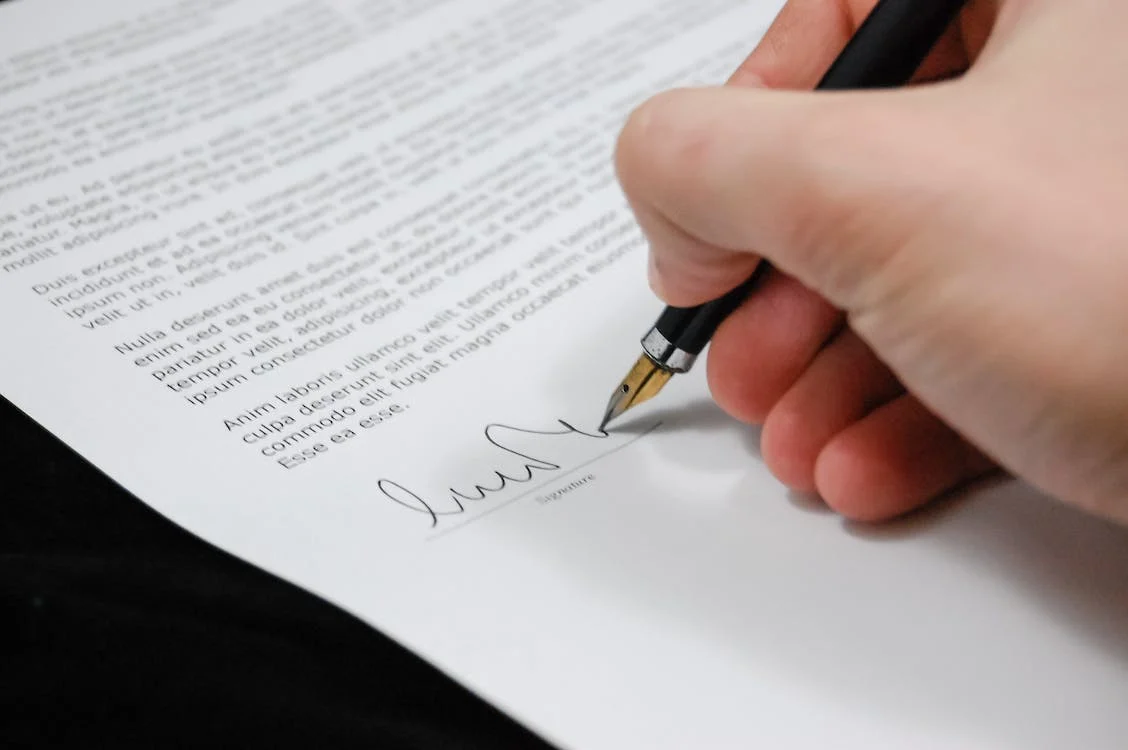Employers Can Help Employees with Qualified Disaster Relief Payments which are Excludible from Income

Employers need to look no further than IRC Section 139 when looking for a way to help employees pay for reasonable and necessary personal, family, living, or funeral expenses incurred as a result of a qualified disaster. According to Section 139(a), payments received to help with unreimbursed expenses following a qualified disaster are excluded from the gross income of the individual recipient.
The term “qualified disaster” means a federally declared disaster, as provided in Section 165(i)(5)(A). Under that section, the term “Federally Declared Disaster” means any disaster subsequently determined by the President of the United States to warrant assistance by the Federal Government under the Robert T. Stafford Disaster Relief and Emergency Assistance Act. On March 13th, 2020, President Trump issued a letter to the Secretaries of the Departments of Homeland Security, Health and Human Services, and the Treasury, as well as the FEMA Administrator, declaring that an emergency exists under Section 501(b) of the Stafford Act due to the ongoing COVID-19 pandemic for which primary responsibility rests with the federal government. There are two types of declarations under the Stafford Act: (1) major disasters and (2) emergencies. Major disaster declarations unlock a broad range of federal funding. Emergencies provide more limited funding and only for certain types of emergency activities.
According to Rev. Rul. 2003-29, 2003-1 CB 587, “for the purposes of Section 165(i), a disaster includes an event declared a major disaster or an emergency under the Act.“ Therefore, the emergency declaration by the President on March 13th qualifies as a disaster under the provisions of Section 165(i) as provided in Rev. Rul. 2003-29.
The only official guidance that the IRS has issued on Section 139 is Revenue Ruling 2003-12 in which the IRS ruled that an employer making grants to employees affected by a flood in a presidentially declared disaster area could treat those amounts as qualified disaster relief payments. The employer set up a written program to establish and administer the grants to its employees, and the ruling provides a roadmap for employers who wish to set up a Section 139 program.
Employers interested in setting up a Section 139 program should adopt a plan document governing it, similar to a 401(k) plan document employers have to adopt. Using guidance from the program that was described in Rev. Rul. 2003-12, an employer’s program should specify the following:
- The disaster to which it relates and the employees who are eligible to receive grants.
- The types of expenses that may be covered by payments from the program.
- Language stating that payments cannot be used to reimburse the cost of nonessential, luxury, or decorative items and services.
- Rules for the administration of the program, including giving the administrator the authority to make discretionary decisions.
- If desired, a per-employee maximum on grants.
- An end date by which applications for grants under the program must be submitted.
Share:



